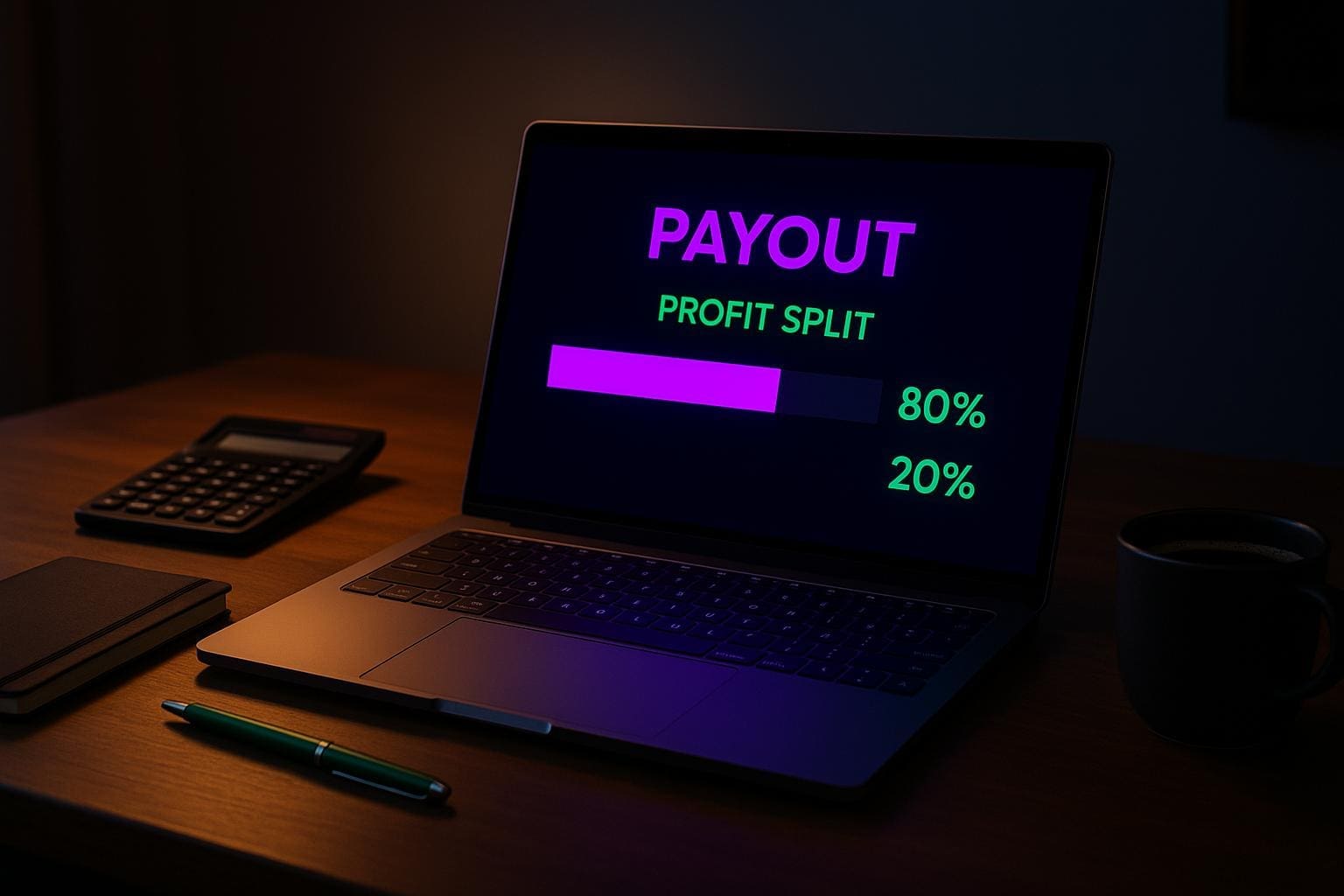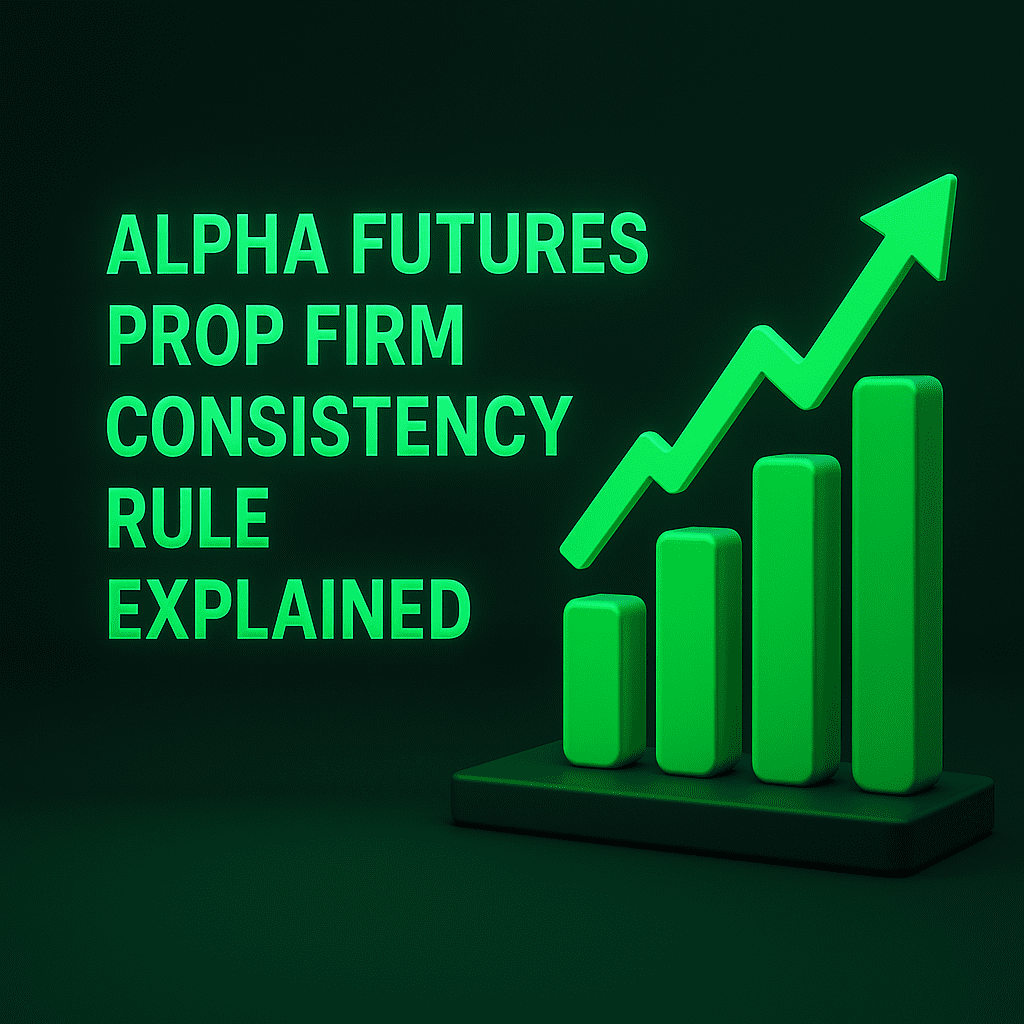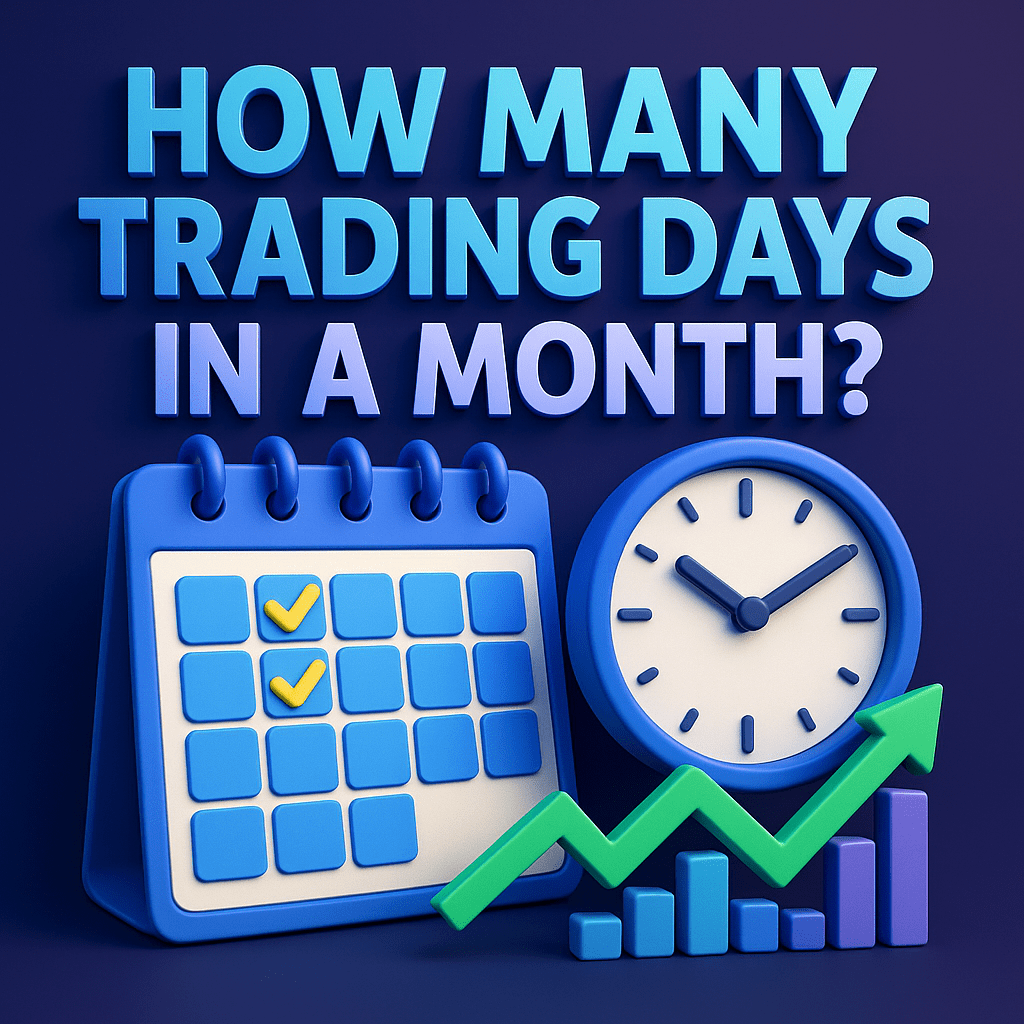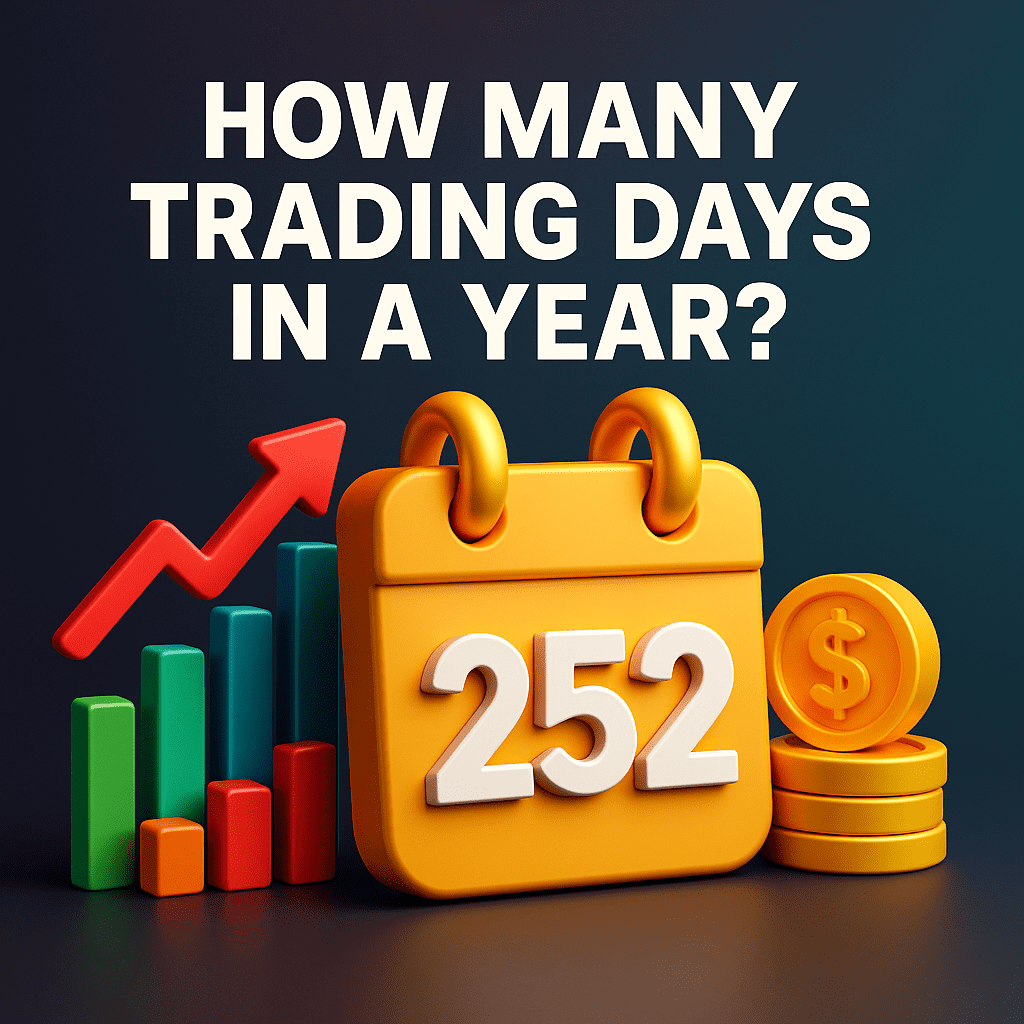Beginner’s Guide
Explore Prop Firms
Prop Firm Payouts: Common Questions Answered
Learn how prop firm payouts work, including profit splits, timelines, and common issues to ensure smooth withdrawals and maximize trading profits.

Funded Account Checklist: 10 Steps Before Trading
Prepare for success in funded trading accounts with this essential checklist that covers rules, risk management, and platform setup.

Futures Prop Firm Comparison Tool
Compare top futures prop firms like Apex Trader Funding and Topstep. Find the best funding, profit splits, and rules for your trading style!

Alpha Futures Prop Firm Consistency Rule Explained: The Brutal Truth Traders Need To Know
The Alpha Futures prop firm consistency rule requires Standard funded traders to keep their largest winning day under forty percent of total profits per payout cycle to stay eligible for withdrawals. Advanced accounts skip the consistency rule but must log five winning days with two hundred dollars or more and…

How Many Trading Days Are In A Month?
U.S. stock markets average 20–22 trading days per month, but holidays and weekends change that count. This guide breaks down the 2026 trading calendar, explains how trading days impact futures traders and prop firm evaluations, and shows how rules like Daily Loss Limits and Consistency Requirements help build discipline and…

How Much Money Do You Need to Day Trade (No PDT Rule Required)
Wondering how much money you really need to start day trading? In this guide, we break down daily profit goals, account types, and the updated Pattern Day Trader (PDT) rule—now shifting from a fixed $25,000 minimum to a flexible intraday margin requirement by 2026. Learn how leverage, cash vs. margin…

How Many Trading Days In a Year 2025, 2026, 2027
U.S. stock markets operate roughly 250 to 252 trading days per year, depending on how weekends and federal holidays fall. Each year, the NYSE and Nasdaq close for select market holidays, leaving around 250 active trading sessions where investors and futures traders can participate. This guide breaks down the exact…

Gold Futures Platforms: Brokers vs Prop Firms for GC
Trading Gold Futures (GC/MGC) has never been more accessible. You can open a personal brokerage account with Schwab or Webull, or start for under $100 using a futures prop firm like Topstep, FundedNext, or Take Profit Trader. Learn how platforms such as ProjectX and Tradovate provide built-in risk management tools…

What Is Take Profit Trader Leverage? A Complete Guide for Futures Prop Traders
Take Profit Trader doesn’t use traditional leverage ratios like 1:50 or 1:100 instead, it defines buying power through contract limits. In this guide, we break down how TPT’s 1:1 leverage model works, how the 1:10 mini-to-micro ratio gives traders flexibility, and why this approach creates safer, more consistent risk control…

How End-of-Day Drawdown Works in Futures Prop Firms
Understanding End-of-Day Drawdown (EOD) is crucial for any trader working with futures prop firms. This rule determines how your account balance is evaluated, how much flexibility you have during live trading, and what keeps your funded account active. Many leading prop trading firms now use EOD drawdown because it rewards…

Unrealized Trailing Drawdown Explained – Apex Trader Funding Rules (With Real Life Examples)
The unrealized trailing drawdown at Apex Trader Funding is the single biggest rule that trips up traders. Unlike a static drawdown, it moves up with your account’s highest unrealized gains and never moves back down—meaning intraday peaks can shrink your safety cushion even if you later close lower. In this…

How Do Prop Firms Work? A Beginner’s Guide to Futures Prop Firms
Futures prop firms let traders access large funded accounts by proving consistency in an evaluation. Learn how evaluations, drawdowns, payouts, and multiple accounts work with examples from Apex Trader Funding.
